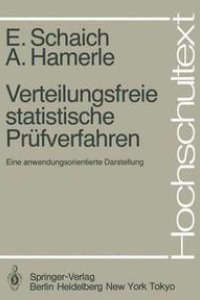
Liknande böcker
Statistical Analysis Handbook
Bok av Michael John de Smith
This Handbook provides a wide-ranging and comprehensive coverage of statistical concepts and methods. It has been designed to be accessible to a wide range of readers - from undergraduates and postgraduates studying statistics and statistical analysis as a component of their specific discipline (e.g. social sciences, earth sciences, life sciences, engineers), to practitioners and professional research scientists. However, it is not intended to be a guide for mathematicians, advanced students studying statistics or for professional statisticians. For students studying for academic or professional qualifications in statistics, the level and content adopted is that of the Ordinary and Higher Level Certificates of the Royal Statistical Society (RSS), offered until 2017. Much of the material included in this Handbook is also appropriate for the Graduate Diploma level also, although we have not sought to be rigorous or excessively formal in our treatment of individual statistical topics, preferring to provide less formal explanations and examples that are more approachable by the non-mathematician with links and references to detailed source materials for those interested in derivation of the expressions provided. The Handbook is much more than a cookbook of formulas, algorithms and techniques. Its aim is to provide an explanation of the key techniques and formulas of statistical analysis, often using examples from widely available software packages. It stops well short, however, of attempting a systematic evaluation of competing software products. A substantial range of application examples is provided, but any specific selection inevitably illustrates only a small subset of the huge range of facilities available. Wherever possible, examples have been drawn from non-academic and readily reproducible sources, highlighting the widespread understanding and importance of statistics in every part of society, including the commercial and government sectors.







